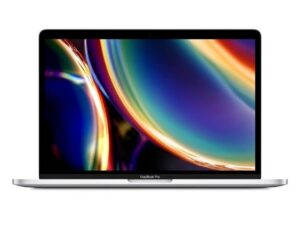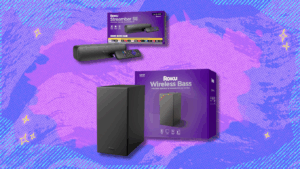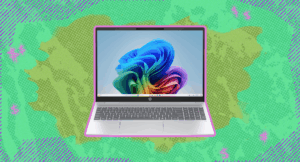
Search YouTube for “phantom braking” and a long list of videos complaining about Tesla electric vehicles in Autopilot mode will come up. This has been a known and well-documented problem for several years, but it’s now spiking.
On Wednesday, a Washington Post analysis found complaints about the automatic braking issue in the EVs are higher than ever in recent months, and the issue could be traced back to recent changes to Tesla’s Autopilot software and hardware.
This sudden braking, known as phantom braking, slows the car down while at highway speeds when the Autopilot advanced driver assistance feature is engaged.
Autopilot is now part of the company’s $12,000 Full Self-Driving package, but despite the name it’s not a fully autonomous feature. The driver still has to stay focused and attentive while the car auto-accelerates (and decelerates), steers, and attempts to stay centered in the lane. Tesla’s FSD beta program, which allows select drivers to take hands off the wheel on city streets, is currently under federal scrutiny.
WaPo surveyed National Highway Traffic Safety Administration data and found an uptick in phantom braking complaints from Tesla owners in the past three months. A handful of complaints were filed each month for most of 2021, but in November, 51 complaints were suddenly filed. The double-digit rate continued throughout the winter and into the new year. Anyone can file a complaint to the website.
An NHTSA spokesperson said in an email statement that the agency is aware of the complaints and “…is reviewing them through our risk-based evaluation process. This process includes discussions with the manufacturer, as well as reviewing additional data sources, including Early Warning Reporting data. If the data show that a risk may exist, NHTSA will act immediately.”
Tesla didn’t respond to a request for comment.
A keyword search for “phantom braking” in the summary portion of submissions to the NHTSA’s complaint site brought up 49 entries going back to 2019. All but three appeared to be from driving scenarios in different Tesla models. A Subaru Forester, GMC Acadia, and Volkswagen Jetta all also reportedly stopped for no apparent reason, which can likely be tied back to software problems with those automakers’ front collision-avoidance assistance systems.
The most recent braking complaint, filed last week, involved a 2022 Tesla Model 3. The complaint says a passing truck on the other side of the road triggered the Tesla’s automatic deceleration and steering assistance, slowing the car down by 10 mph and swerving it away from the perceived obstacle.
The recent spike in FSD braking problems likely coincides with both an FSD software update and a radar swap out.
As the Post noted, a software update to the FSD system went into effect in October after an emergency braking issue was discovered that increased phantom braking occurrences. In December, Tesla attempted to rectify the ongoing issue with what the company calls “false slowdowns” with another update. That may have lessened the phantom stops in January.
Further compounding the matter, Tesla began its transition to “Tesla Vision” last year, which removed radar sensors in new cars that started coming out at the end of 2021. The Autopilot system is now only camera-based in new Tesla models. CEO Elon Musk is an ardent proponent of camera vision as Tesla’s sole perception hardware. Other automated driving systems, however, use radar and light-measuring sensors called LiDAR to detect objects and distances alongside cameras to build a more effective and redundant detection system.
LiDAR was once cost prohibitive, adding more than $50,000 to autonomous car sensor packages. But LiDAR makers like Luminar, Velodyne, and Alphabet’s Waymo have brought down costs to as low as $1,000. Volvo and BMW are even bringing in LiDAR sensors for their respective driver assistance systems. But despite the industry’s embrace of radar and other sensor tech, Musk remains averse, and has even said on a recent earnings call that even if LiDAR were free he wouldn’t include it in Tesla vehicles.
“LiDAR ends up being somewhat of a crutch,” Musk said about reaching true self-driving cars back in 2018.
Fast forward to 2022 and Tesla might need that crutch to regain drivers’ confidence in its finicky autopilot system.






